
Park Hotel Surami Chalet
If you are looking for a place for a healthy vacation near Tbilisi, you should definitely come to Su...
Shida Kartli is the historical-geographic region of Georgia. It is situated in eastern Georgia, in the central part of the historical Kartli region. The old name of Shida Kartli is Zena village. The region is quite rich with important cultural monuments and wonderful nature. Shida Kartli is a region with ancient history. The area was inhabited from the Early Bronze Age. The vast fields, valleys and waterfalls, endowed with thousands of flowers are so much impressive.
The oldest trace of human life in Shida Kartli was found between the Lamiskana River, the Kavtura and Tedzami rivers, where paleolithic tools were discovered. The area was already quite populated during the Bronze Age (III millennium BC). In the early Bronze Age, the original version of the "Mtkvari-Arax" culture was formed here. The most extensive territorial-administrative unit in Georgia, Khevi was formed in the late Bronze Early Iron age. This is a system of housing hills, one of them promotes and assumes the role of the economic and political center. Several state formations were established in eastern Georgia by the Antic period. When Parnavaz expanded his authority over the whole of Kartli and Egris was joined to the region. Shida Kartli was converted into one administrative unit and the Spaspeti (army chief) became the head of it. The discovery of numerous coins in the Shida Kartli territory is the proof that Iberia had intense trade-economic relationship with the other side of the world.
In the first century BC, Rome's commander, Pompeius conquered in Kartli. In the I-III centuries, the kingdom of Iberia was further strengthened. Feudal relations have been established since the 4th century in the ancient Kartli state. This process was contributed by the proclamation of Christianity as a state religion in Kartli in the 1930s. The anonymous Armenian geography of the 7th century, which mainly reflects the situation of the IV-V centuries, presents Kartli again divided into Khevi (ravine) and there are the following names ravines in Shida Kartli (Zena village): Tuniskhevi (Taniskhevi), Dvani, Achabetiskhevi, Gverdisdziri, Sackhumeti, Ksnis Khevi, Ckhradzma, Bazaleti.
The whole Shida Kartli was united by Vakhtang Gorgasali as one administrative unit in the fifth century. In the 7th century, Georgia was conquered by the Arabs and the whole burden of Arab domination was on the inner regions of Kartli. By the period of David the Builder Georgia was united as a monarchy. Shida Kartli was leading the economic and cultural life of the country. Cultural life developed in the medieval centuries like secular literature, philosophical thinking, carpentry, monumental painting, stamping, manuscript artwork and stone carving.
In the XVII-XVIII centuries the northwestern part of Shida Kartli was called Upper Kartli. From the first quarter of the XVII century, after the Ottoman conquest of Samtskhe-Saatabago, the historical Upper Kartli was separated from the Kartli kingdom and the name removed to the northwestern part of Shida Kartli. Currently, the northern part of historic Shida Kartli is included in the South Ossetian Autonomous District and the Dusheti Municipality. Shida Kartli region includes the municipalities of Gori, Kaspi, Kareli and Khashuri right now.
Every region is different from each other by its culture and traditions. Kartli region isn’t an exception. This region is rich folklore. Like every site of Georgia, people were singing during their work time in Kartli region. The most popular songs are Kartluri, Namgluri, Harvest song, Kartluri Chona, Makruli. Shida Kartli is rich with cultural monuments, there are legends connected with these sites, such as a legend about Surami Castle. According to legend, they put the only child of a mother in the castle to make the fortress hard to conquer and destroy. It is also said that a woman in black clothes comes to Surami's castle every night, calls his son.
There are many public celebrations in Kartli like Atocoba, Didgoroba, Gorijvroba and Kudianoba. On Atocoba, sick people were taken to St. George's church and people begged him for healing. Also they were taking the domestic animals to sacrifice. On Didgoroba celebration you will see riding horses, wrestling and different ceremonies. Also there are some ritual events.
Kartli cuisine is diverse with different dishes of fish, meat and vegetarian dishes. Wine making tradition is as much popular here as in whole Georgia. You will meet different types of grapes such as: Shavkapito, Budushuri, Goruli Mtsvane, Gorula and Chinese. Fruits and vegetables are also quite popular in Kartli region, especially apples, peaches, pears, plums.
Shida Kartli is located in the eastern Georgia. The administrative center is city Gori. There are other administrative towns in the region: Khashuri, Kareli, Kaspi, Tskhinvali and Java. Today, Tskhinvali and Java are occupied by Russia. The northern border of Shida Kartli region follows the main watershed mountain range, the western – Likhi mountain range, south – Trialeti, eastern - Kharagauli range and river Ksani.
The Mtkvari River valley is located in the southern part of Shida Kartli gorge. The valley is followed by a series of small ridges to the north. The northern slopes of these ridges gradually go to the Tiripon-Mukhrani gorge. In the eastern part of the gorge the plain becomes narrow and goes to the plains of Samilakhvari and Mukhrani-Saguramo. The northern part of Shida Kartli is represented by the main ridge of the Caucasus. The Caucasus is characterized by a relatively low altitude. The northern slopes of the Trialeti Range are divided by the valleys of the river-Dzama, Tana and Tedzami gorges.
Shida Kartli is characterized by landscape diversity. There is a mildly dry steppe landscape of Iveria in the plain. From the 800 m above sea level, the lower mountain forest landscape begins to spread and the oak is dominant. From the altitude of 1200 meters, we can see the landscape of the middle mountain forest, mainly beech. Although in the western part of Trialeti range and in especially humid regions there is a beech-dark forest. The high mountain meadow landscape with alpine and subalpine vegetation extends from 2000-2200 meters. The glacial-nave landscape practically doesn’t exist in the region. The climate of the region is continental, the climate is moderately warm and humid (some places dry). The average annual temperature is around 11 ℃, the maximum possible is 42 ℃, and the possible minimum is -32 ℃.
There are numerous historical, cultural and important monuments. Here you will find both remains of ancient culture as well as important examples of medieval architecture and monumental painting. Shida Kartli is rich with diverse and beautiful nature resorts and mineral waters. Alpine meadows or lakes and waterfalls hidden in the green are perfect for lovers of hiking and natural tranquility.
Our guides are ready to help you on this trip

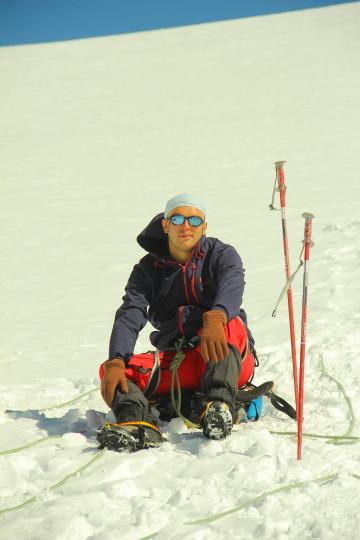
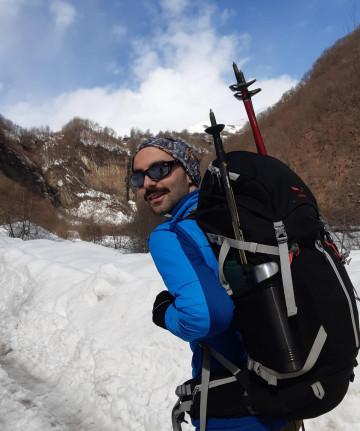
Buy our tours online and explore incredible Georgia!


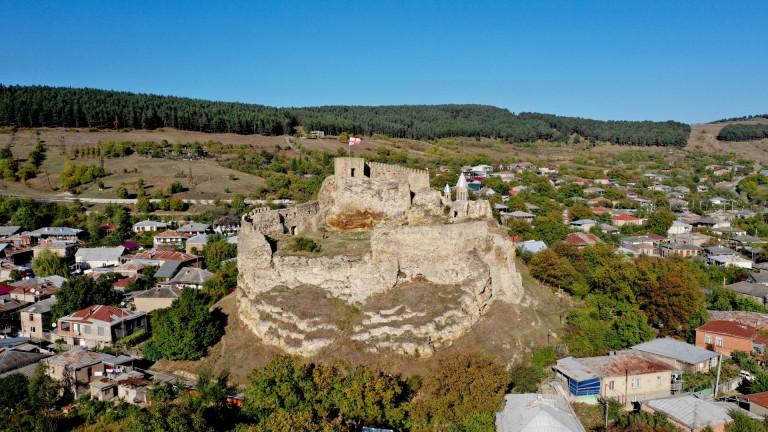
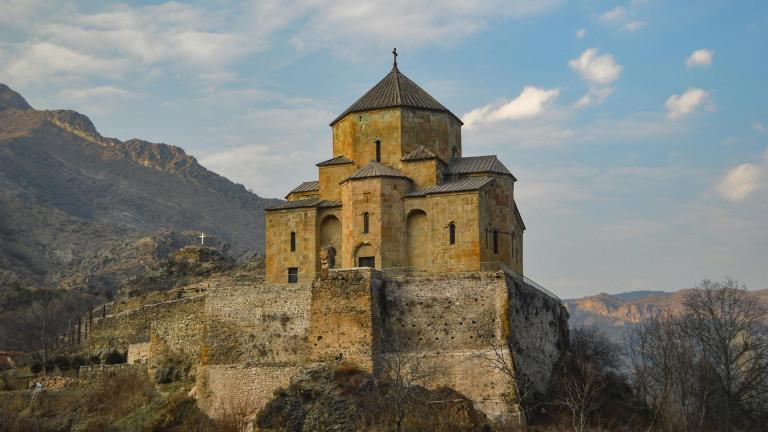

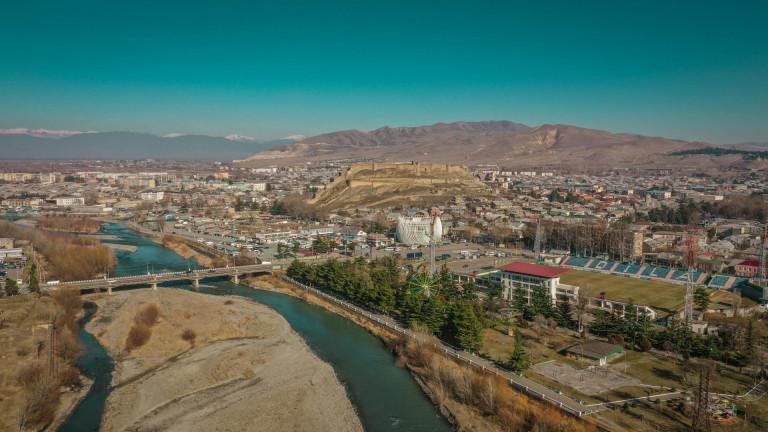
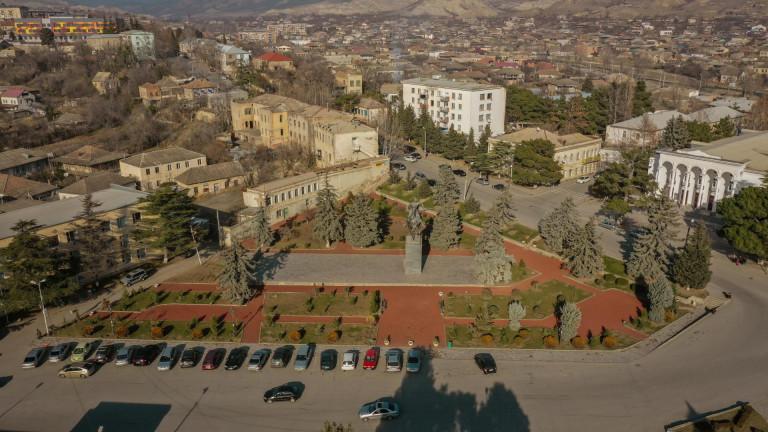
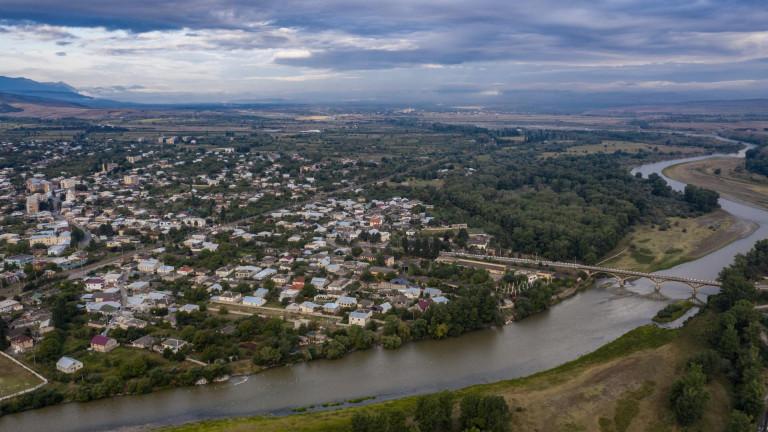
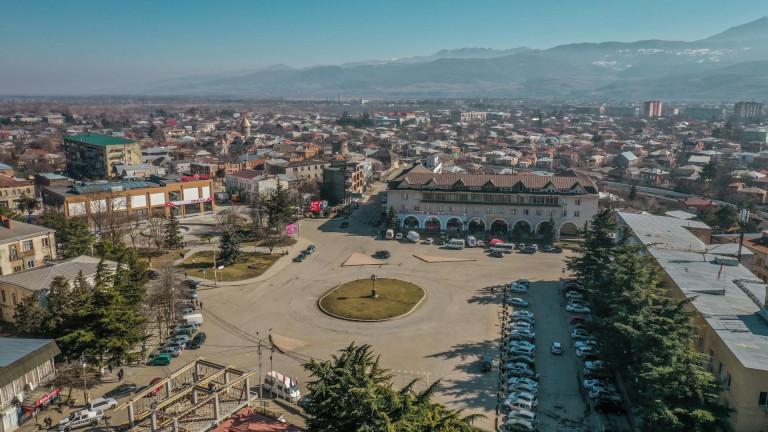
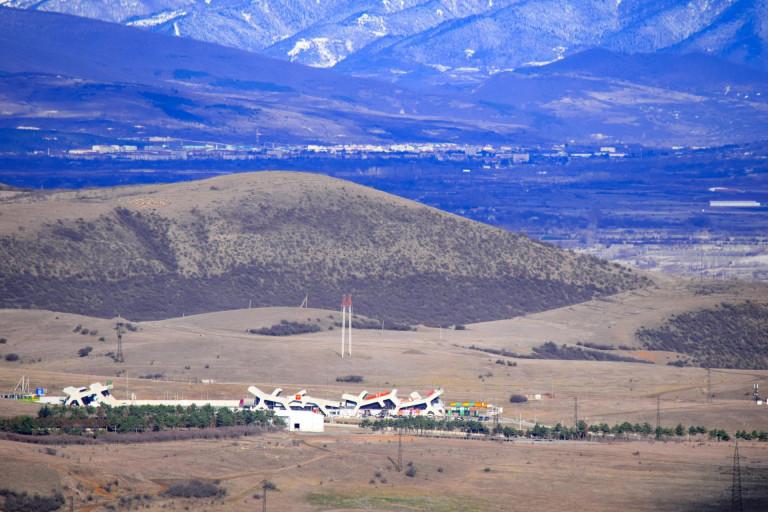
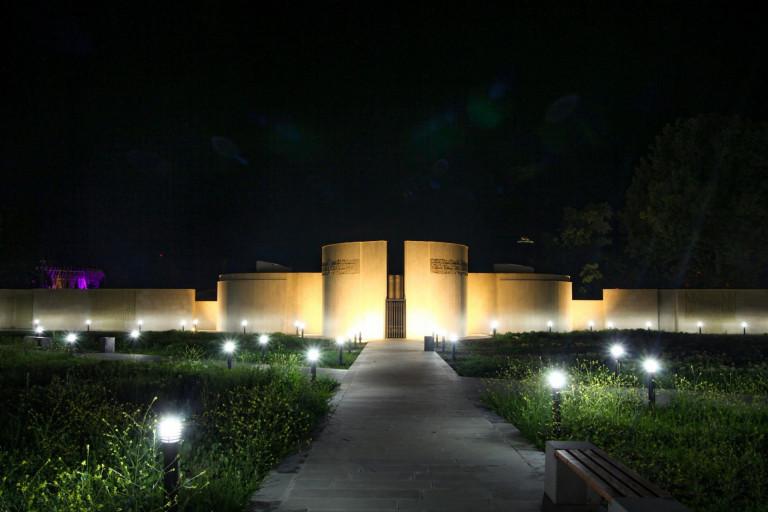
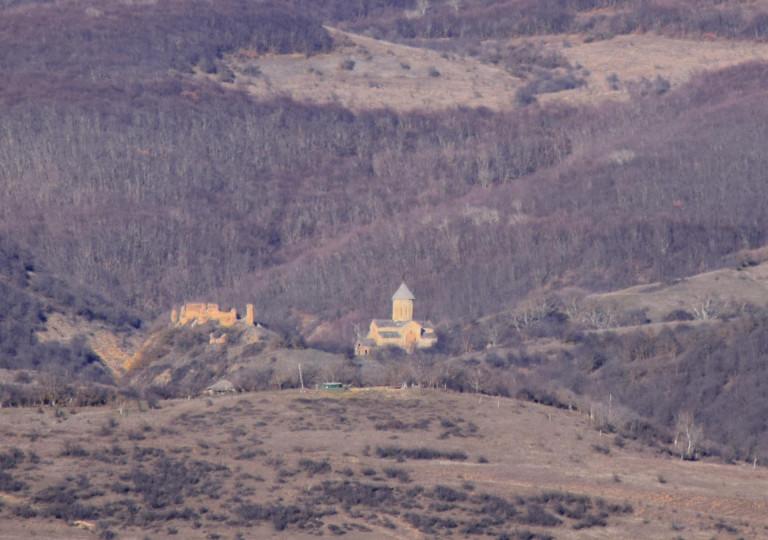


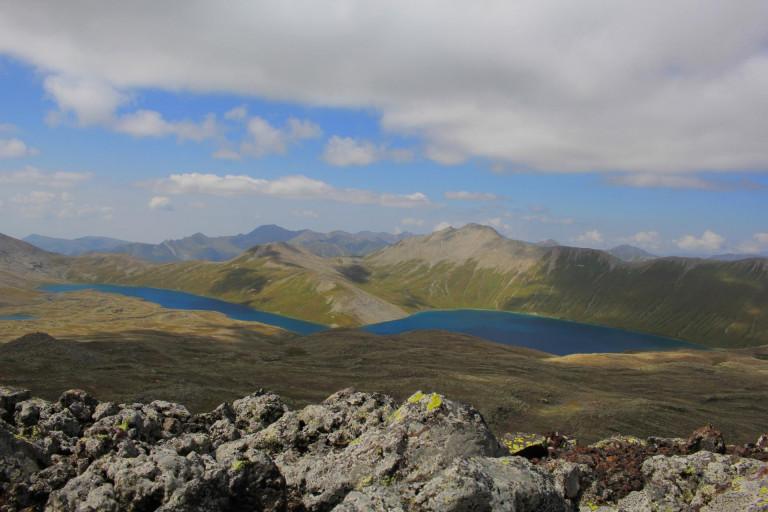


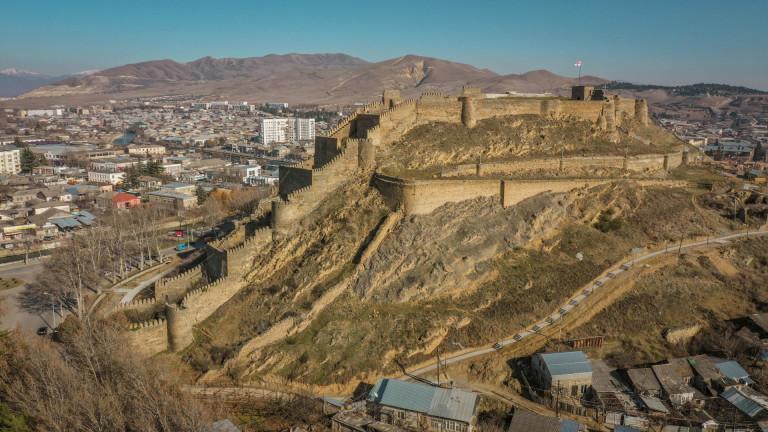
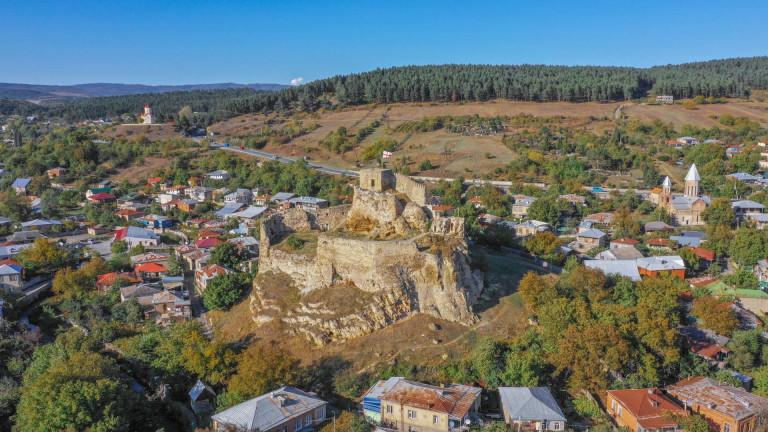
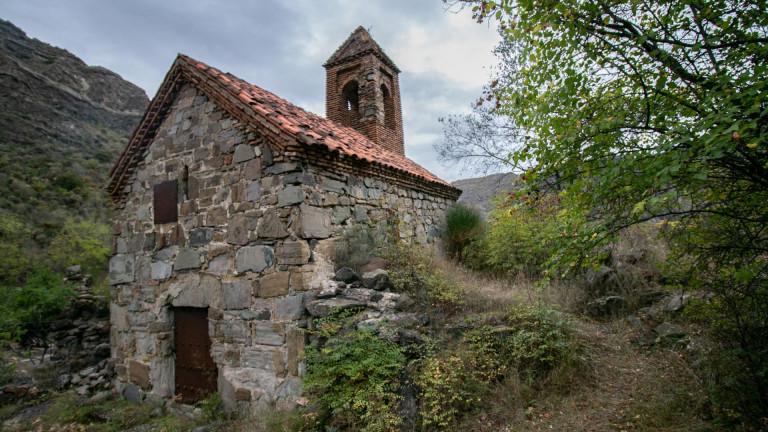
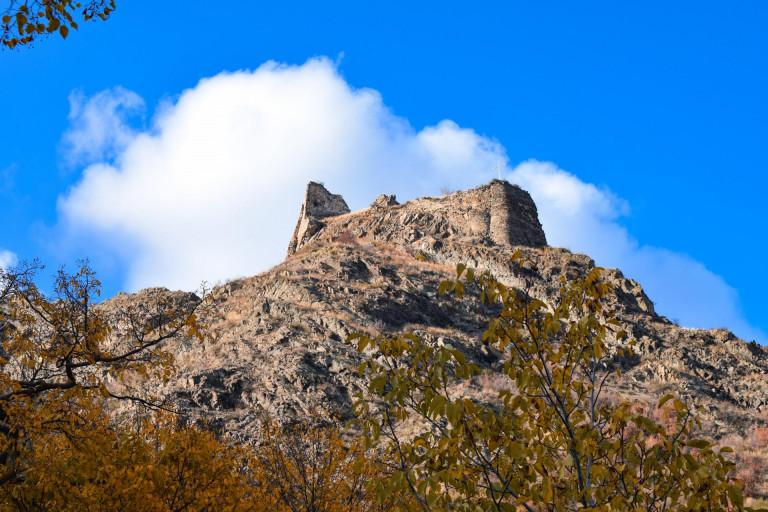
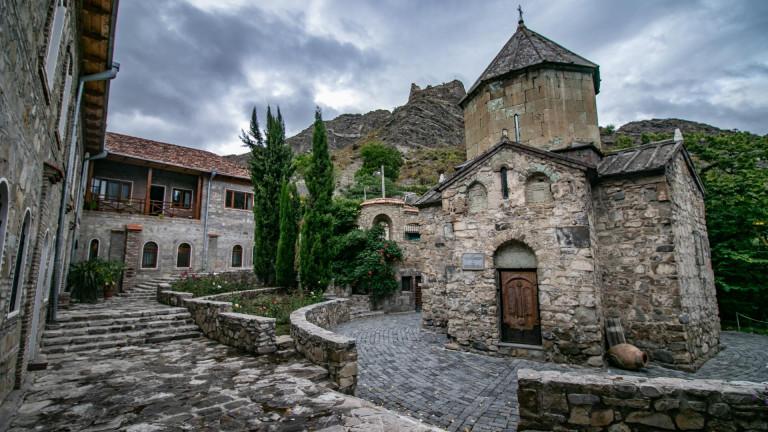
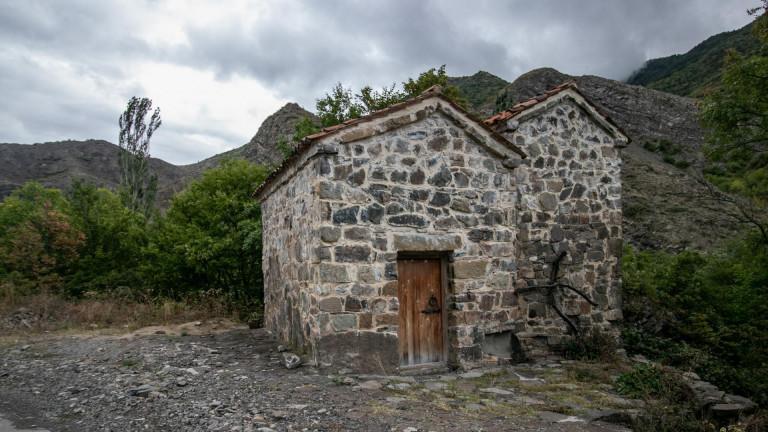
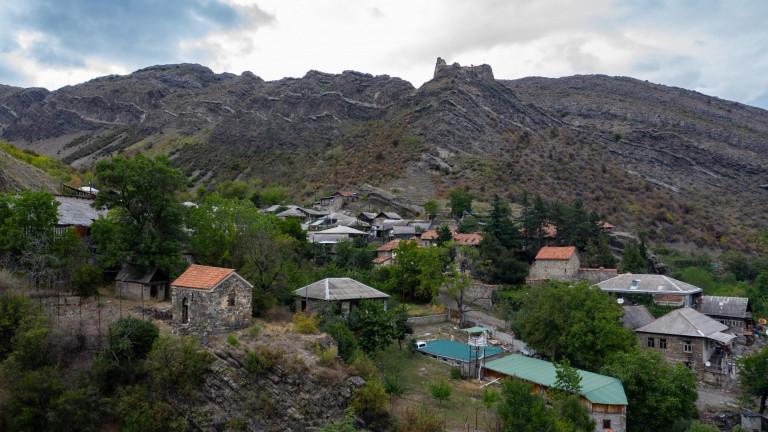
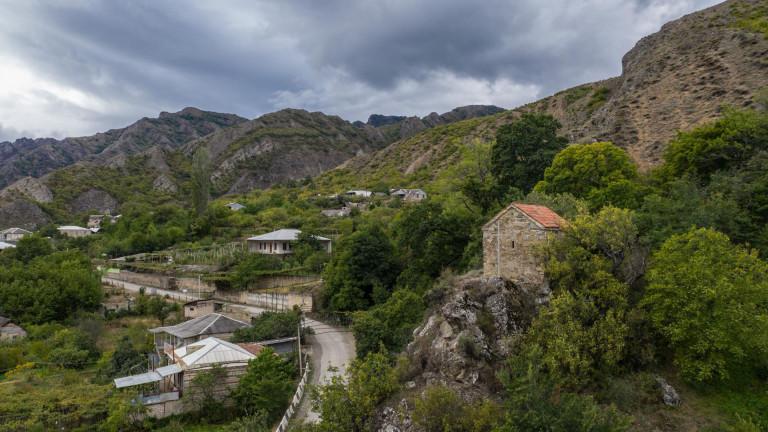
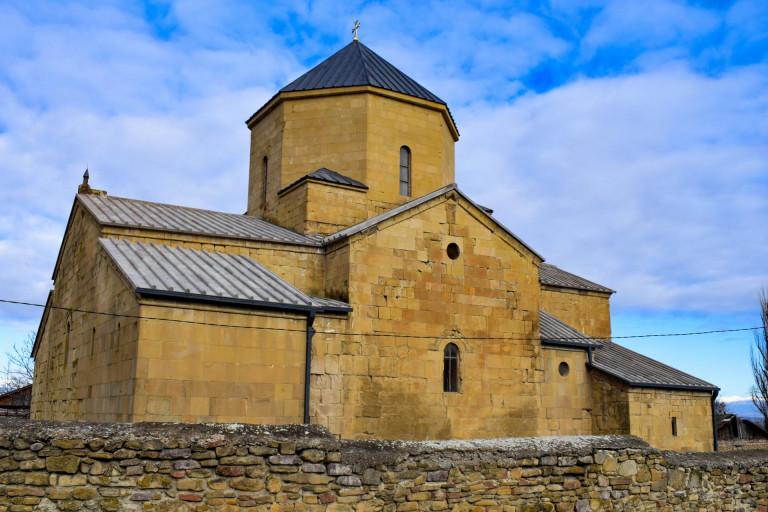
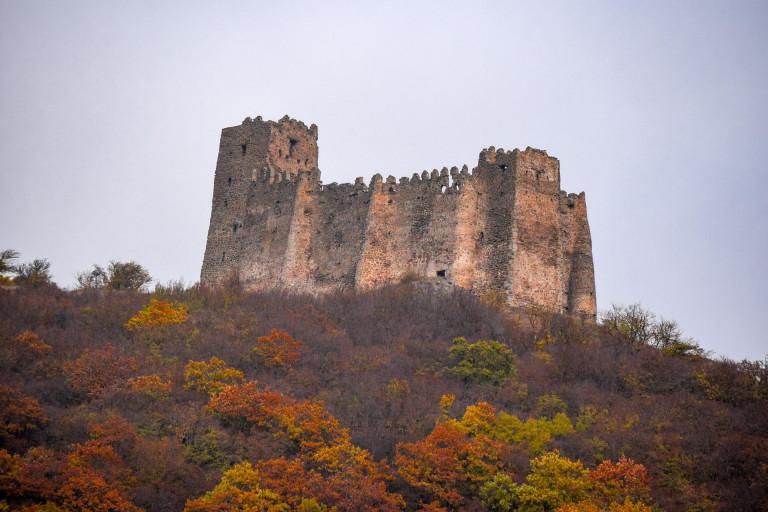
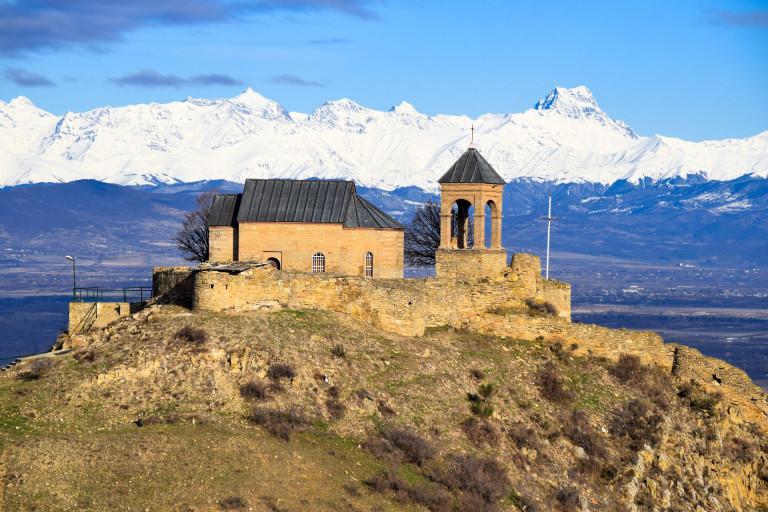
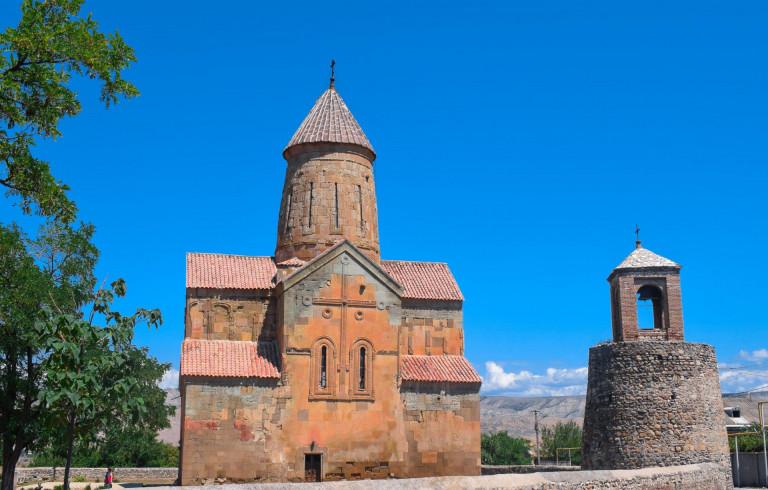
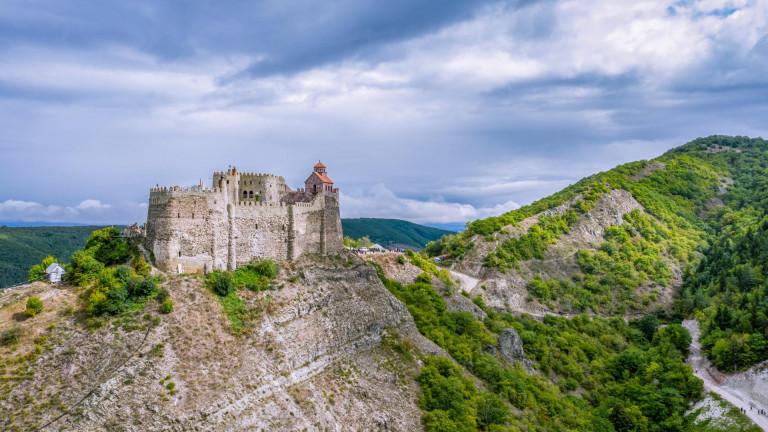

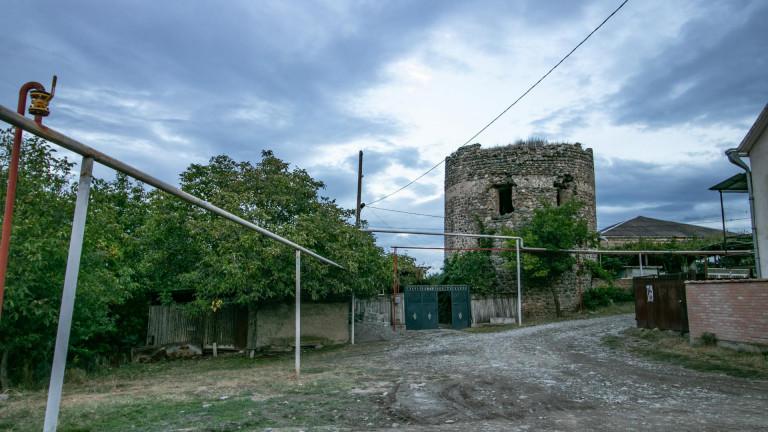
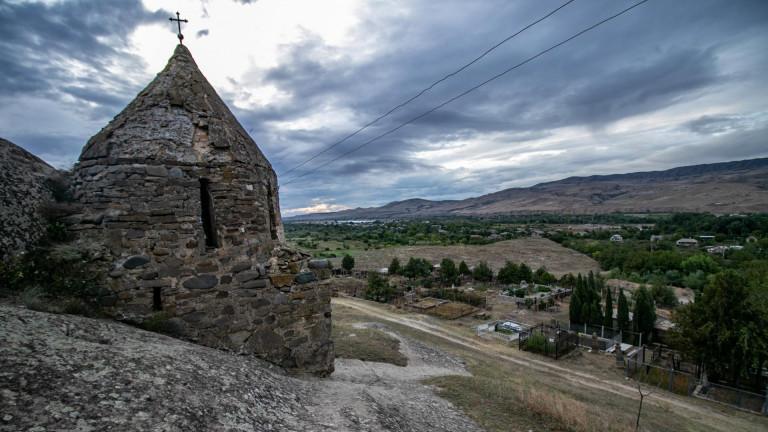

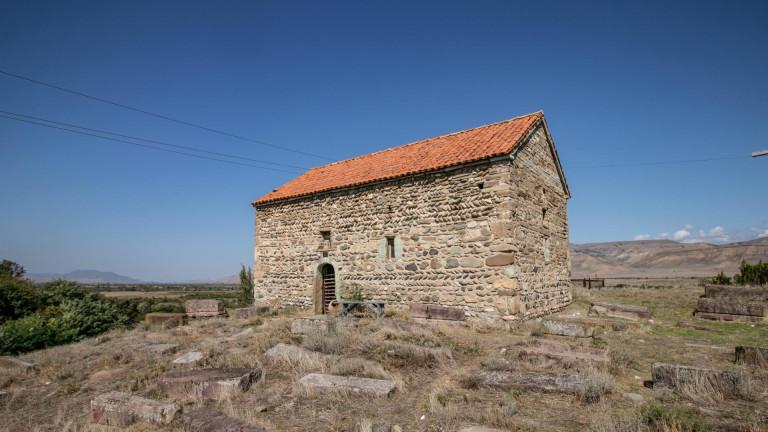
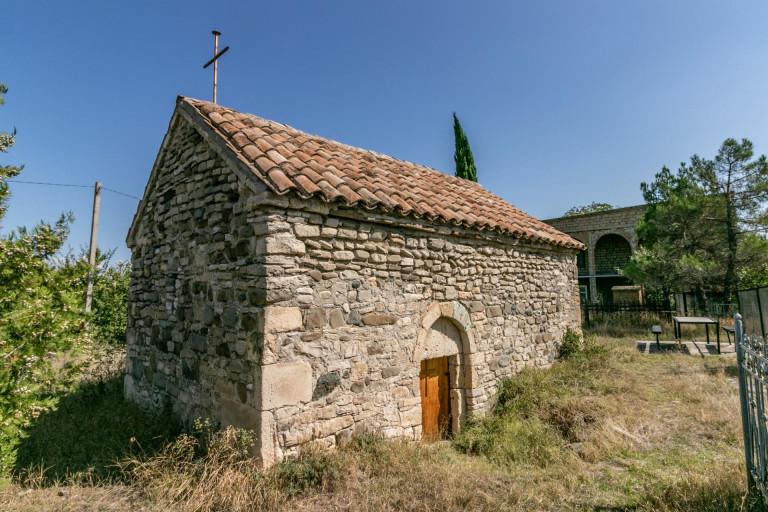
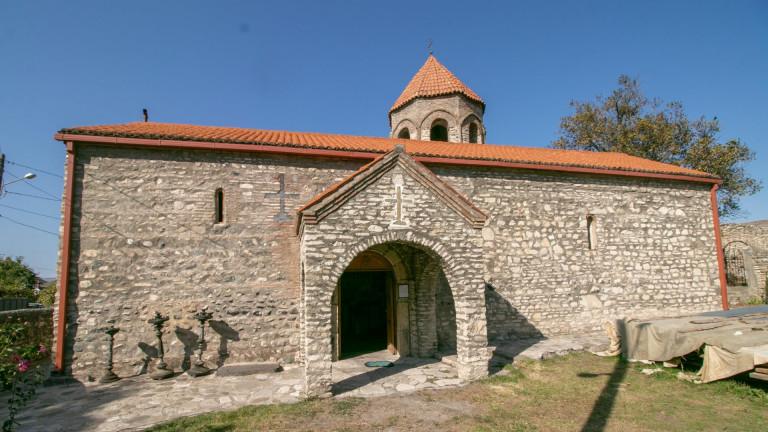
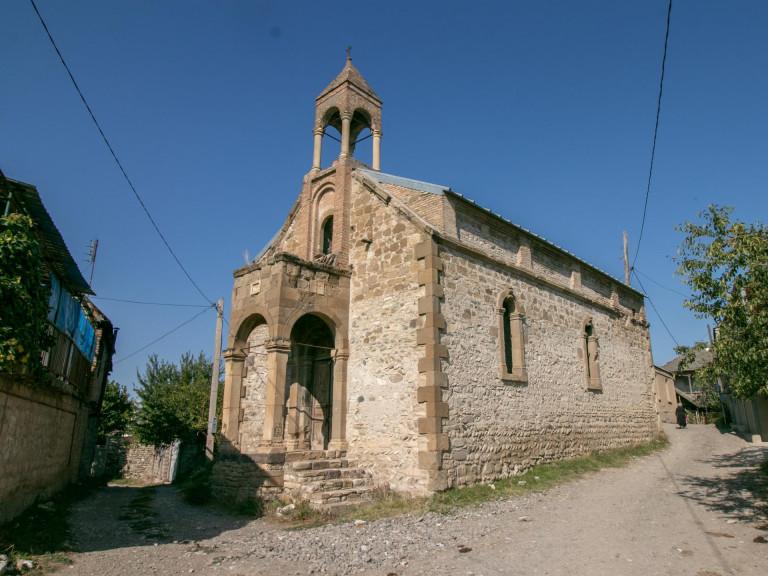













If you are looking for a place for a healthy vacation near Tbilisi, you should definitely come to Su...

Help other travelers use your experience.
Review this destination, share your thoughts, impressions, pros and cons.
Let's make traveling easier than ever.
Please login to ask a question
Ask a Questionგამარჯობათ. მაინტერესებს ჯამჯამას მთაზე როგორ ავიდე,თუ არ ვცდები არის მანდ საფეხმავლო ბილიკი
სალამი, მაინტერესებს შიდა ქართლის რეგიონის ტურიზმის მიმართულებით განხორციელებული პროექტებისა და სამომავლო პროექტების შესახებ ინფორმაცია. ტურიზმის განხრით ვსწავლობ და პრეზენტაციისთვის მჭირდება.
სტალინის სახლ-მუზეუმი
როგორი ეკონომიკა აქვს შიდა ქართლს
სალამი, შიდა ქართლის ეკონომიკის შესახებ ინფორმაციას შეგიძლიათ გაეცნოთ მათ ოფიციალურ ვებ გვერდზე: shidakartli.gov.ge